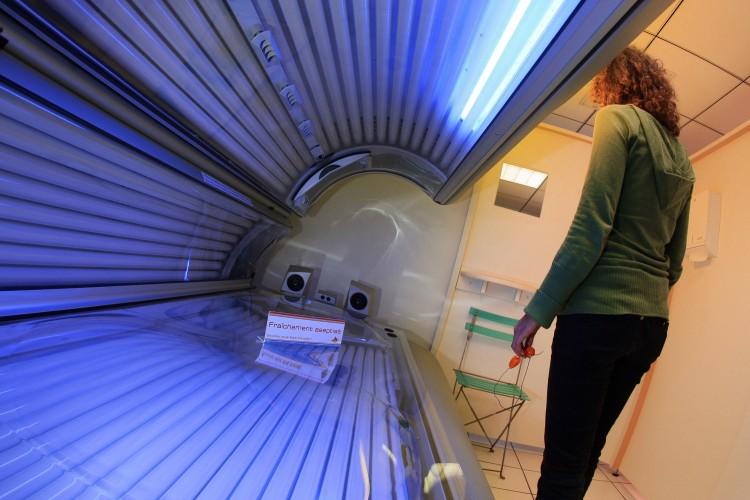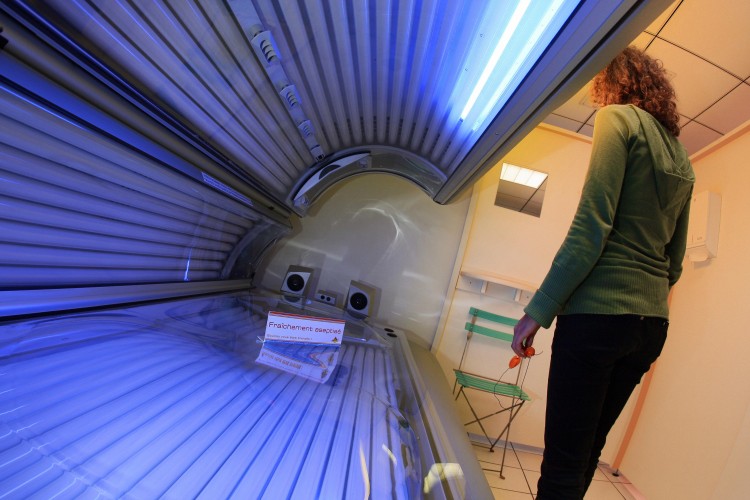The use of tanning studios should be forbidden for children and youth under the age of 18 due to the high risk of cancer, says the Canadian Paediatric Society (CPS).
“The CPS is calling for laws to keep children and youth out of tanning facilities. Currently, Nova Scotia and southern Vancouver Island are the only Canadian jurisdictions with such legislation,” the group said in a statement.
Dr. Richard Stanwick, president-elect of the CPS, says there is enough scientific evidence to restrict access of those under 18 to tanning studios, similar to how the sale of alcohol and tobacco is restricted.
“Groups like the World Health Organization have made a determination that ultraviolet radiation, and particularly [UV] from commercial tanning beds is now an established human cancer-causing agent, putting it in the same category as cigarettes and asbestos,” Stanwick says.
Having parental consent to go to tanning studios is not enough, argues Stanwick, just as “a dad can’t take his daughter [to the bar] and order a triple scotch for her.”
According to WHO, exposure to UV for children either from the sun or from tanning beds is known to raise the risk of developing melanoma—the deadliest kind of skin cancer—later in life.
“For this reason, particular attention is required to ensure children and adolescents do not use sunbeds,” the organization says in a report.
WHO estimates that each year, around 132,000 cases of malignant melanoma and over 2 million cases of other skin cancers occur around the world, most of which are attributed to over-exposure to natural UV radiation.
Stanwick says the intensity of rays from tanning beds is 10 to 15 times stronger than the noon sun, implying that “people who spend 10 minutes in a tanning bed walk away with exposure similar to a full day at a beach or lake.”
Brazil banned tanning beds in 2009, and the Australian state of New South Wales (which includes Sydney) will be banning all tanning beds starting in 2014.
Keep under 18s out of Tanning Studios: Paediatricians
The use of tanning studios should be forbidden for children and youth under the age of 18 due to the high risk of cancer, says the Canadian Paediatric Society (CPS).
|Updated:






